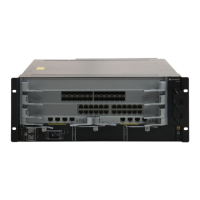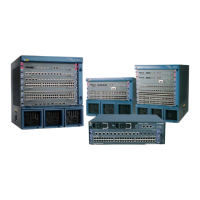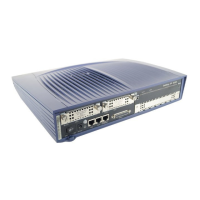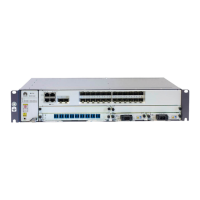MSTP
Protection
Scenario Configuration Impact
Root
protection
Due to incorrect
configurations or malicious
attacks on the network, a
root bridge may receive
BPDUs with a higher
priority. Consequently, the
legitimate root bridge is no
longer able to serve as the
root bridge, and the network
topology is illegitimately
changed, triggering
spanning tree recalculation.
This may transfer traffic
from high-speed links to
low-speed links, causing
traffic congestion.
To address this issue, the root protection
function can be configured to protect the root
bridge by preserving the role of the
designated port. With this function, when the
designated port receives RST BPDUs with a
higher priority, the port enters the Discarding
state and does not forward the BPDUs. If the
port does not receive any RST BPDUs with a
higher priority for a certain period (double the
Forward Delay), the port transitions to the
Forwarding state.
Loop
protection
A root port or an alternate
port will age if link
congestion or a one-way link
failure occurs. After the root
port ages, a switching device
may re-select a root port
incorrectly and after the
alternate port ages, the port
enters the Forwarding state.
Loops may occur in such a
situation.
The loop protection function can be used to
prevent such network loops. If the root port
or alternate port cannot receive RST BPDUs
from the upstream switching device, the root
port is blocked and the switching device
notifies the NMS that the port enters the
Discarding state. The blocked port remains in
the Blocked state and no longer forwards
packets. This prevents loops on the network.
The root port restores the Forwarding state
after new RST BPDUs are received.
Share-link
protection
In the scenario where a
switching device is dual-
homed to a network, when
the share link of multiple
processes fails, loops may
occur.
Share-link protection can address such a
problem. This function forcibly changes the
working mode of the local switching device
to RSTP. Share-link protection needs to be
used together with root protection to avoid
network loops.
NOTE
l After a device normally starts, there is a default MSTP process with the ID 0. MSTP configurations in
the system view and interface view both belong to this process.
l For more information about MSTP multi-process configuration, see 9.3 Configuring MSTP Multi-
process.
Pre-configuration Tasks
Before configuring MSTP protection functions on a switching device, complete the following
task:
l Configuring basic MSTP functions
Quidway S7700 Smart Routing Switch
Configuration Guide - Ethernet 9 MSTP Configuration
Issue 01 (2011-07-15) Huawei Proprietary and Confidential
Copyright © Huawei Technologies Co., Ltd.
449

